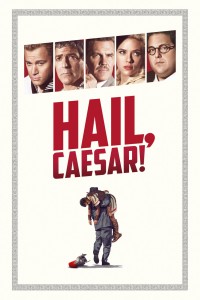Overview
The story of Bobby Sands, the IRA member who led the 1981 hunger strike in which Republican prisoners tried to win political status. It dramatises events in the Maze prison in the six weeks prior to Sands’ death.
Hunger chronicles the last months of Bobby Sands. Sands (Michael Fassbender) was an IRA member, imprisoned in the Maze prison in the early 1980s. The IRA prisoners, amonst others, refused to wear the standard issue prison clothes as they insisted their terrorist acts weren’t criminal but politically driven, and hence they demanded ‘political status’ in prison. Thatcher refused.
The movie consists of 3 acts. The first act shows the extreme prison life and the treatment the IRA prisoners received in Maze. Refusing to wear prisoners’ clothing and refusing to bathe, they are only covered in a towel, living in cells with walls smeared floor-to-ceiling in excrement, maggots living of the pile of discarded leftovers in the corner of the cell, urine runs down the halls. After a number of months, we see the guards very violently beat the prisoners, cut their hair and bathe them. There is hardly any spoken word in this act – the pace is slow and the viewer endures the visceral experience of the harsh and bleak prison environment.
The second act is a 10 minute conversation between Sands and his priest, where they discuss his plans for the hunger strike. In the third act the movie goes back to mostly non-verbal mode, and shows Sands’ physical decline and ultimate death from the hunger strike.
Whilst the imagery is powerful, the story is not unfortunately. It doesn’t give much context or bigger picture – from the movie itself we don’t even know why Sands is in prison in the first place. The focus is almost purely on the in-prison experience. By taking such a myopic approach, the viewer doesn’t even understand what the real issue is they are fighting for – it’s hard to see what there is to gain by people killing themselves by means of a hunger strike purely because they want ‘political status’ and not wear prison clothes. So of course, the real reason is a lot bigger than that – (re)igniting the IRA cause and fire – but we don’t understand or see any of that in the movie. Nor is ‘the IRA cause’ by default to be accepted as a just and worthy one, so a much bigger picture would be needed to get the viewer to buy into a justification for the hunger strike.
But the movie doesn’t go there at all. So for all its powerful imagery, it is a weak story. It is easy to feel the prison guards are out of order, but from this movie, it is not easy to feel Sands (and his fellow IRA prisoners – 10 died in the hunger strike in total) has a cause worth dying for.
A disappointing 5/10.











